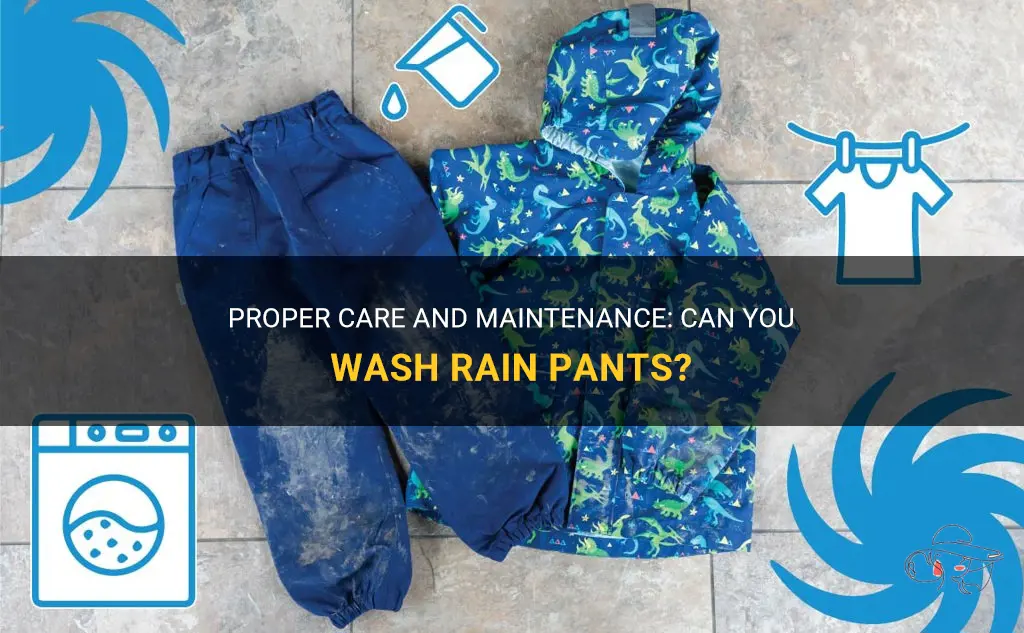
If you've ever found yourself caught in a downpour, you know the importance of having a good pair of rain pants. They keep you dry and comfortable, allowing you to continue your outdoor activities without getting soaked. But what about when your rain pants themselves get dirty? Can you simply throw them in the washing machine, or is there a specific method to clean them? In this article, we'll explore the best ways to wash rain pants and ensure they stay in top condition for their next adventure.
| Characteristics | Values |
|---|---|
| Material | Nylon |
| Waterproof | Yes |
| Breathable | Yes |
| Closure Type | Elastic |
| Washing Method | Machine |
| Drying Method | Air dry |
| Sizes Available | S, M, L |
| Color Options | Black, Gray, Navy |
| Weight | Lightweight |
| Packability | Compact |
| Price Range | $30 - $50 |
What You'll Learn
- Can you wash rain pants in a standard washing machine?
- What is the best method for washing rain pants?
- Are there any specific detergents or cleaning products that should be used when washing rain pants?
- Can rain pants be machine dried, or do they need to be air dried?
- Are there any special care instructions or precautions to take when washing rain pants to ensure they maintain their waterproof qualities?

Can you wash rain pants in a standard washing machine?
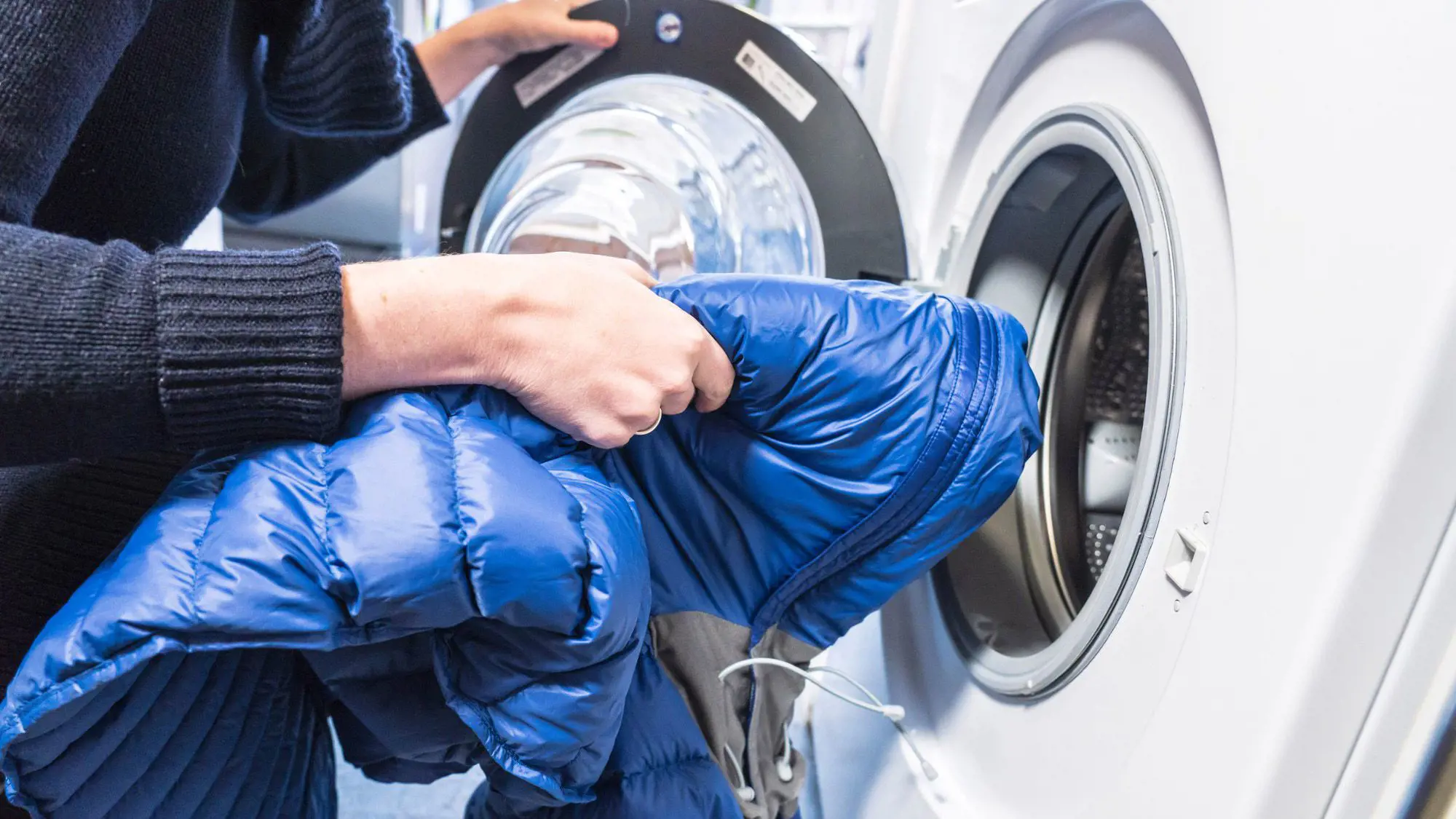
Rain pants are an essential garment for anyone who enjoys outdoor activities or works in wet environments. However, over time, they can become dirty and soiled from regular use. If you're wondering whether you can toss them in a standard washing machine, the answer is yes. Washing rain pants in a machine is a convenient way to clean them, but it's important to follow a few guidelines to ensure that they remain in good condition.
Before you start the washing process, it's crucial to check the care label or manufacturer's instructions that came with your rain pants. Many rain pants are made from synthetic materials such as nylon or polyester, which are commonly used in outdoor gear due to their durability and water-resistant properties. These materials can typically be machine-washed, but it's always best to double-check to avoid any possible damage.
Once you have confirmed that the rain pants can be machine-washed, follow these steps to clean them effectively:
Step 1: Pre-treat any stains
Before placing your rain pants in the washing machine, it's a good idea to pre-treat any stains or heavily soiled areas. Use a mild detergent or stain remover and gently rub it into the fabric. Allow it to sit for a few minutes before proceeding to the next step.
Step 2: Close all zippers and fasten all buttons
To prevent any damage to the pants or other garments in the machine, make sure to close all zippers and fasten any buttons or Velcro straps. This will help prevent them from snagging on the machine's agitator or other items in the wash.
Step 3: Use a gentle cycle and cold water
When washing rain pants, it's best to use a gentle or delicate cycle on your washing machine. This will help to protect the delicate fabrics and prolong the life of your pants. Additionally, select cold water for the wash cycle to avoid any potential shrinkage or damage to the fabric.
Step 4: Add a mild detergent
Choose a mild detergent that is suitable for synthetic fabrics. Avoid using bleach or harsh chemicals, as they can weaken the fabric and compromise the water-resistant properties of the pants. Follow the detergent's instructions regarding the appropriate amount to use.
Step 5: Wash and rinse
Once you have added the detergent and set the machine to the appropriate settings, allow the cycle to run its course. Once the wash cycle is complete, ensure that you rinse the pants thoroughly to remove any remaining detergent residue.
Step 6: Hang to dry
Finally, hang your rain pants to dry in a well-ventilated area, away from direct sunlight or heat sources. Avoid using a dryer, as the high heat can damage the fabric and compromise the pants' water-resistant properties. Allow them to air dry completely before storing or using them again.
In conclusion, you can wash rain pants in a standard washing machine by following a few simple steps. Remember to check the care instructions for your specific pants, treat any stains beforehand, close zippers and fasten buttons, use a gentle cycle with cold water, and hang them to dry. By following these guidelines, you can keep your rain pants clean and in good condition for years to come.
What You Need to Know: Can Boxers Be Worn Under Pants?
You may want to see also

What is the best method for washing rain pants?
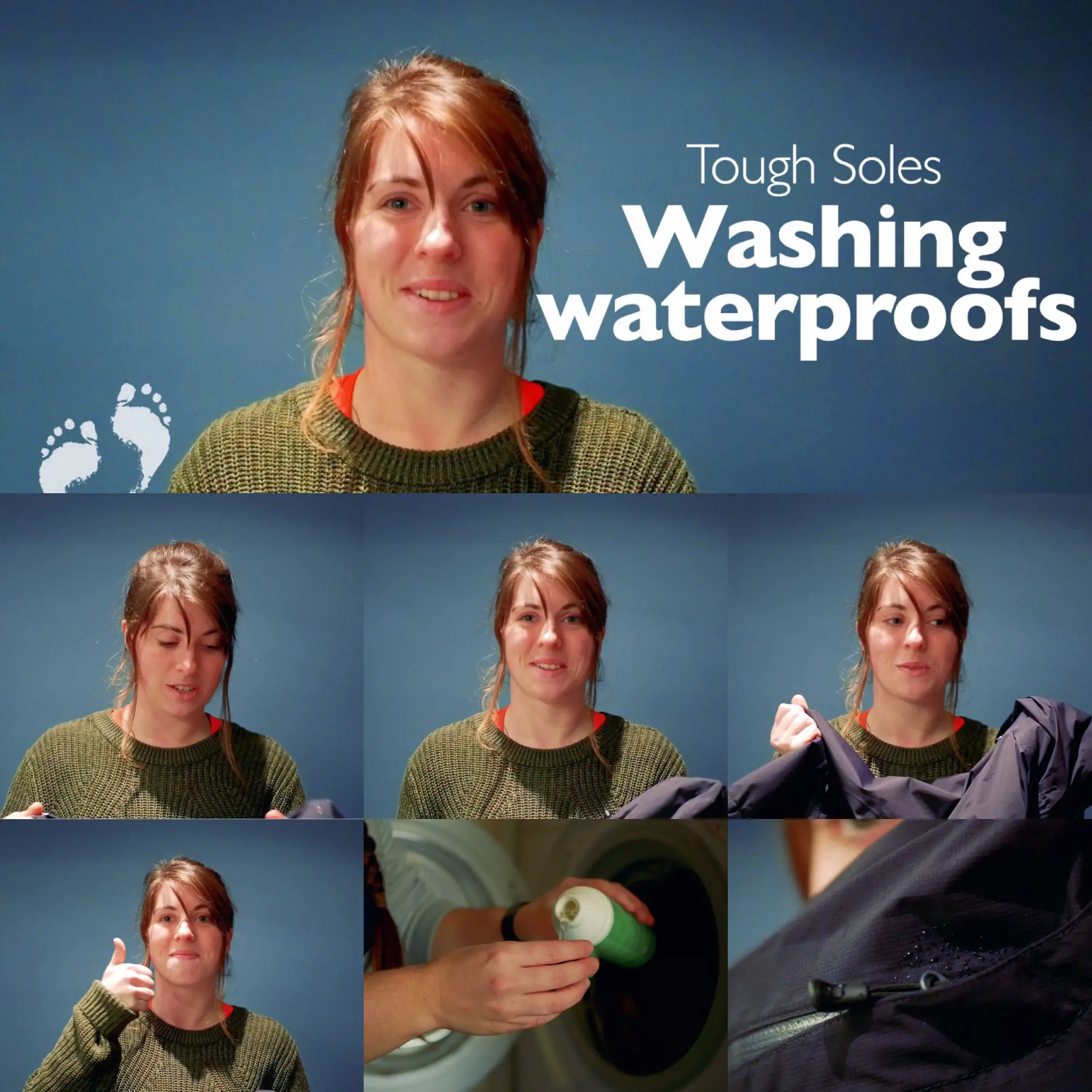
Rain pants are designed to keep you dry during wet weather conditions. However, they can quickly become dirty and require regular washing to maintain their functionality and effectiveness. In this article, we will explore the best method for washing rain pants to ensure they stay clean and continue to provide optimal protection against rain.
Before diving into the washing process, it is important to note that the specific instructions may vary depending on the material of your rain pants. Therefore, always refer to the manufacturer's guidelines for washing instructions. Nevertheless, the following steps generally apply to most rain pants:
Preparing for washing:
- Check the care label: Prior to washing your rain pants, always refer to the care label for specific instructions. Different materials may require different washing methods.
- Empty pockets: Make sure to remove any items from the pockets of your rain pants to prevent damage or potential issues during washing.
Spot cleaning:
- If your rain pants have specific stains or dirt marks, it is recommended to spot clean them before full washing. Mix a mild detergent with water to create a gentle cleaning solution.
- Dab the cleaning solution onto the stained area and gently rub it with a soft cloth or sponge. Avoid using harsh scrub brushes or abrasive materials that could damage the fabric.
- Rinse the area thoroughly with clean water and pat dry with a clean towel.
Machine washing:
- Turn your rain pants inside out before putting them in the washing machine. This will help protect the outer surface from potential wear and tear.
- Select a gentle or delicate cycle on your washing machine, preferably with cool water. Hot water can damage the fabric and any waterproof coatings.
- Use a mild detergent specifically formulated for delicate fabrics. Avoid using bleach or fabric softeners, as they can compromise the waterproofing qualities of the rain pants.
- If possible, wash your rain pants separately from other items to prevent potential damage or transfer of color.
Drying:
- After the washing cycle is complete, remove the rain pants from the washing machine promptly.
- Avoid wringing or twisting the pants, as this can lead to deformation and damage to the fabric.
- Hang the rain pants to dry in a well-ventilated area, away from direct sunlight or heat sources. Excessive heat can weaken the fabric and affect the waterproofing properties.
- If necessary, you can also use a cool iron on a low setting to remove any wrinkles, but be cautious not to apply too much heat.
Maintenance:
- Once the rain pants are dry, consider applying a waterproofing spray or treatment to revive and maintain their water repellency. Follow the instructions on the product carefully and ensure it is compatible with your rain pant material.
- Store your rain pants in a dry and clean place. Avoid folding them for extended periods, as this can cause creases that may affect their performance.
It is important to note that frequent washing can gradually wear out the waterproof coating on rain pants. Therefore, it is recommended to wash them only when necessary and follow the manufacturer's guidelines for maintenance and reapplying waterproofing treatments.
In conclusion, washing rain pants properly is essential for maintaining their performance and prolonging their lifespan. By following the steps outlined above and considering the specific care instructions provided by the manufacturer, you can ensure that your rain pants stay clean, functional, and ready to protect you during your rainy outdoor adventures.
Exploring Fashion Evolution: Can You Change Your Pants in Splatoon 2?
You may want to see also

Are there any specific detergents or cleaning products that should be used when washing rain pants?
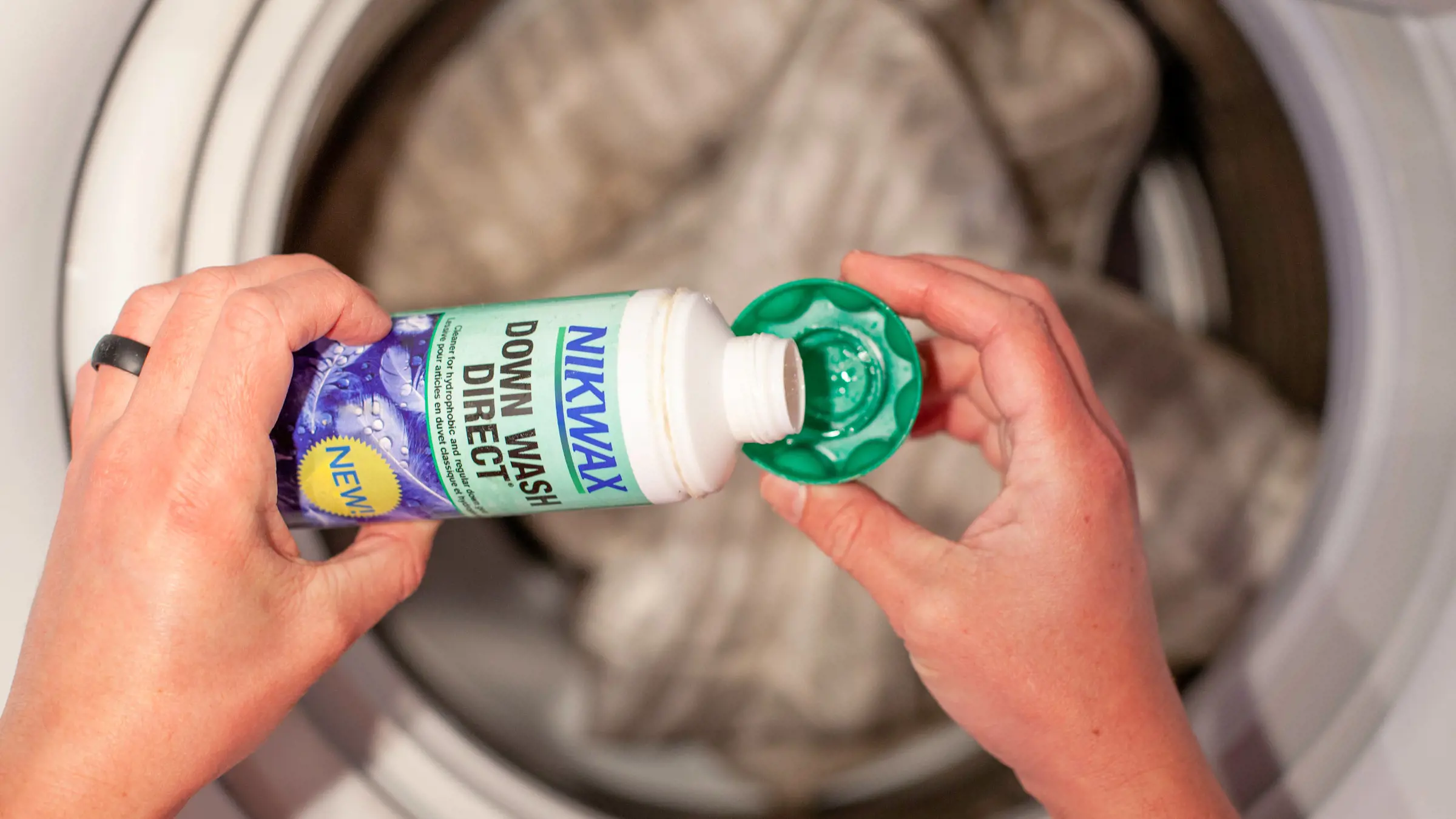
Rain pants are designed to keep you dry in wet and rainy conditions. They are typically made from waterproof and water-resistant materials such as nylon, polyester, or Gore-Tex. Washing rain pants is crucial to maintain their performance and prolong their lifespan. However, it is essential to use the right detergents and cleaning products to prevent damage to the pants' waterproofing and overall functionality.
When it comes to washing rain pants, it is best to avoid using regular laundry detergents and fabric softeners as they can leave behind residues that clog the pores of the waterproof material and compromise its effectiveness. Instead, opt for specialized cleaning products specifically designed for technical outerwear.
One popular choice for cleaning rain pants is a product called Tech Wash. Tech Wash is a gentle detergent specially formulated for technical fabrics. It effectively removes dirt, grime, and oils without compromising the waterproofing or breathability of the fabric. Tech Wash is biodegradable and free from harmful chemicals, making it a safe and eco-friendly option for cleaning rain pants.
To clean your rain pants using Tech Wash, follow these simple steps:
- Before washing, check the care instructions on your rain pants. Some manufacturers may recommend hand wash, machine wash, or specific temperature settings.
- Inspect your rain pants for any stains or heavily soiled areas. Pre-treat these areas with a small amount of undiluted Tech Wash or a specialized stain remover.
- Fill a sink or basin with cold or lukewarm water. Add the recommended amount of Tech Wash according to the product instructions. Generally, 1-2 capfuls of Tech Wash should be sufficient.
- Submerge your rain pants in the soapy water and gently agitate them. Pay extra attention to the areas with stains or dirt buildup. Avoid rubbing or scrubbing vigorously as it can cause unnecessary wear and tear.
- Allow the pants to soak in the soapy water for about 10-15 minutes. This will help loosen any dirt or grime trapped in the fabric.
- After soaking, drain the soapy water and rinse the rain pants thoroughly with clean water. Ensure all traces of detergent are removed.
- Gently press out any excess water from the pants. Avoid wringing or twisting them as it can damage the fabric.
- Hang the rain pants to air dry in a well-ventilated area. Avoid direct sunlight or high heat sources, as they can degrade the waterproof coating. Allow the pants to dry completely before storing them.
In addition to Tech Wash, there are other specialized detergents available for cleaning rain pants, such as Nikwax products. Nikwax offers a range of cleaning and waterproofing products that are specifically designed for outdoor gear.
It is essential to note that washing rain pants frequently can reduce their waterproofing capabilities over time. However, regular cleaning is crucial to remove dirt, oils, and other contaminants that can affect the performance and breathability of the fabric. Always follow the manufacturer's instructions and recommendations for cleaning and maintaining your rain pants to ensure they stay in excellent condition and provide optimal protection against the elements.
Can You Wear Black Suspenders with Brown Pants? A Style Guide
You may want to see also

Can rain pants be machine dried, or do they need to be air dried?
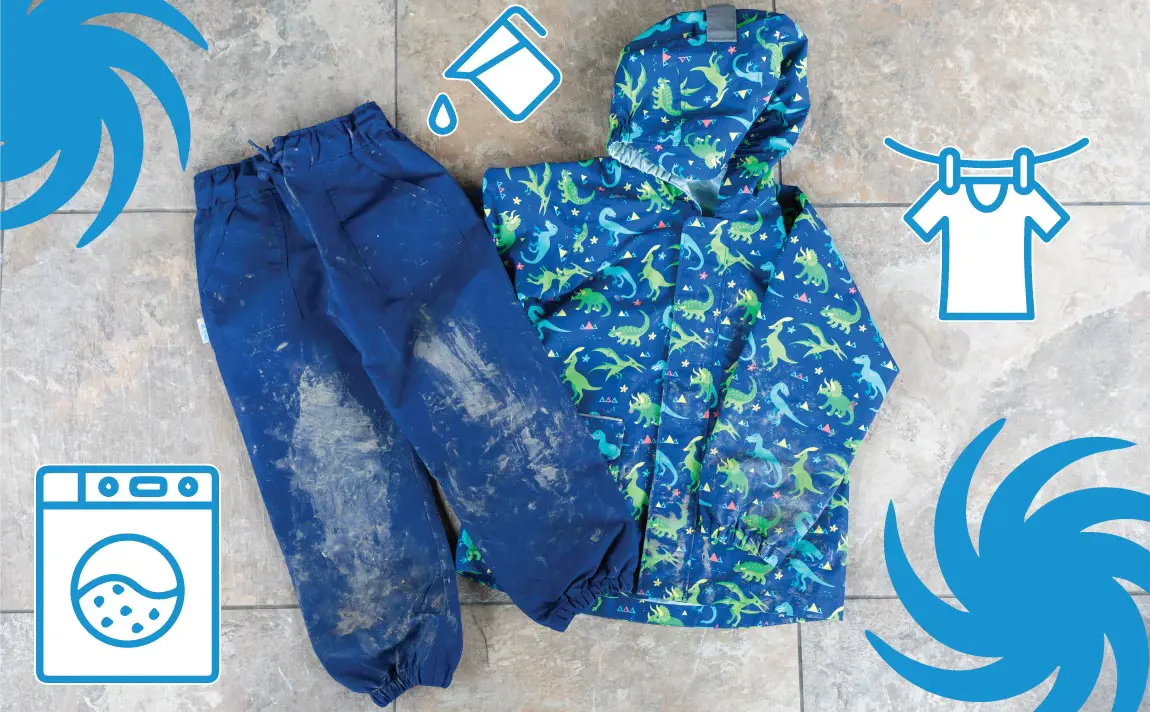
Rain pants are an essential piece of outdoor gear for staying dry and comfortable in wet weather. But once you're done adventuring in the rain, you may be wondering how to properly care for your rain pants.
One common question that arises is whether rain pants can be machine dried or if they need to be air dried. The answer to this question depends on the material used in the construction of your rain pants.
Most rain pants are made from synthetic materials such as nylon or polyester. These materials are designed to be water-resistant or waterproof, which makes them perfect for keeping you dry in the rain. However, they can be machine dried or air dried depending on the care instructions provided by the manufacturer.
If the care label on your rain pants indicates that they can be machine dried, then it is safe to tumble dry them in a dryer. However, it is important to follow the specific instructions provided by the manufacturer to prevent any damage to the pants.
On the other hand, if the care label recommends air drying, it is best to follow those instructions. Air drying rain pants can help preserve their water-resistant properties and extend their lifespan. To air dry your rain pants, simply hang them up in a well-ventilated area, preferably outdoors or near a fan. Make sure to avoid direct sunlight, as it can cause the colors to fade over time.
When machine drying rain pants, it is crucial to use a low heat setting. High heat can cause the synthetic fibers to melt or become damaged, compromising the pants' water-resistance. Additionally, using dryer sheets or fabric softeners is not recommended, as they can leave a residue on the pants that may reduce their water-wicking ability.
If your rain pants have a durable water repellent (DWR) coating, it is important to periodically reapply this treatment to maintain their water resistance. DWR coatings can wear off over time, especially with frequent use or exposure to harsh detergents. Follow the manufacturer's instructions for reapplying DWR coatings, as different products may have varying application methods.
In terms of frequency, rain pants should only be machine dried or air dried as needed. Excessive drying can cause unnecessary wear and tear on the pants, shortening their lifespan. However, regular cleaning and maintenance are important to keep rain pants performing at their best.
In summary, whether rain pants can be machine dried or air dried depends on the care instructions provided by the manufacturer. If machine drying is recommended, use a low heat setting and avoid using dryer sheets or fabric softeners. If air drying is recommended, hang the pants in a well-ventilated area away from direct sunlight. Regular reapplication of a DWR coating is also necessary to maintain the pants' water resistance. By following these guidelines, you can ensure that your rain pants continue to protect you from the elements for many adventures to come.
Can I Wear Pants Lighter Than a Suit Jacket? Debunking the Fashion Myth
You may want to see also

Are there any special care instructions or precautions to take when washing rain pants to ensure they maintain their waterproof qualities?
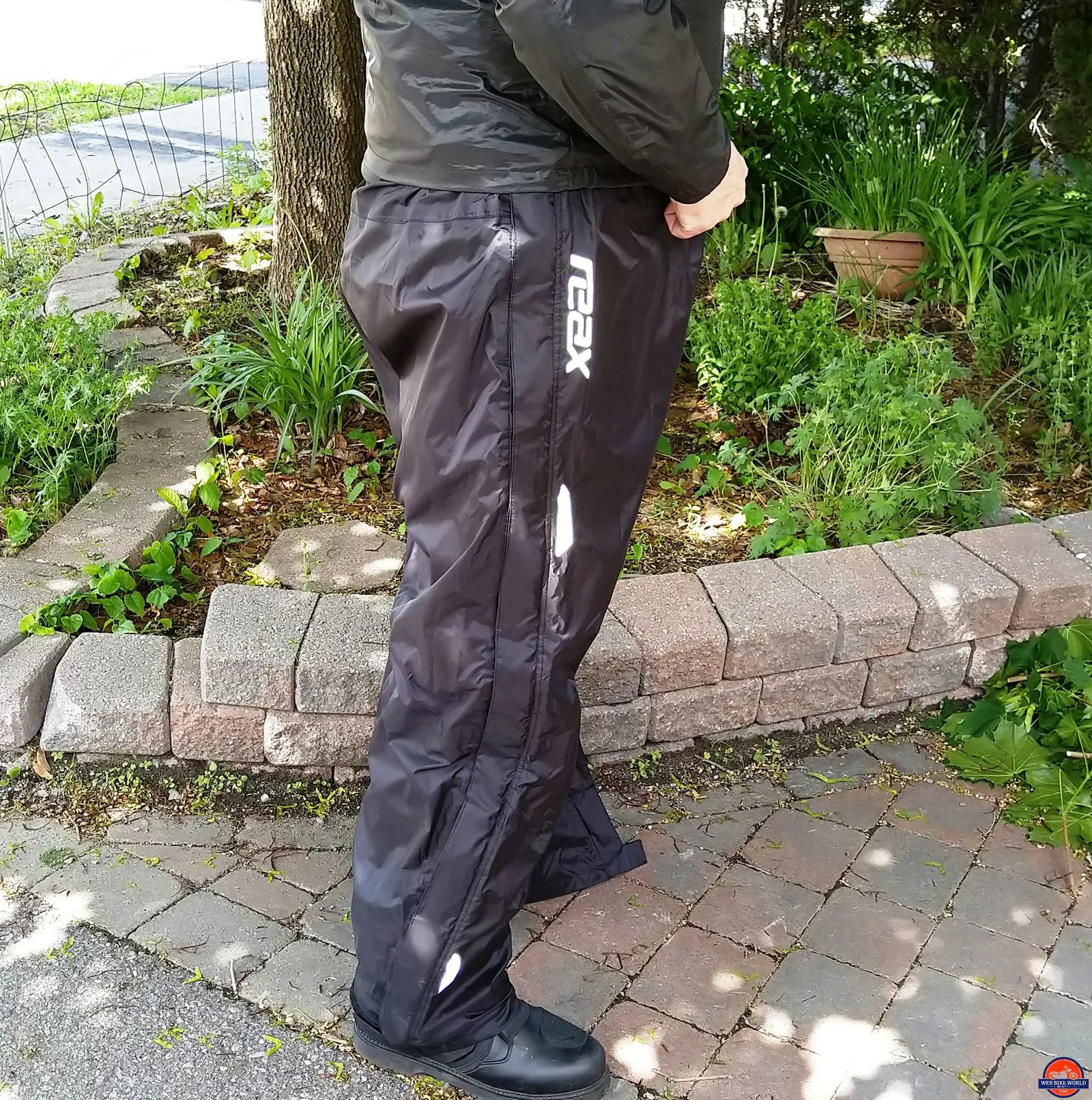
Rain pants are essential for outdoor activities in wet weather, as they protect us from getting soaked through. However, after a few uses, they might start to get dirty and lose their waterproof qualities. To ensure that your rain pants continue to provide effective protection, it is important to follow proper care instructions and take necessary precautions when washing them.
- Read the care label: The first step in caring for your rain pants is to read and follow the instructions provided on the care label. Each brand and material may have specific recommendations, so it is important to pay attention to these guidelines.
- Pre-treat stains: Before laundering your rain pants, it is important to pre-treat any stains. Use a stain remover or laundry detergent directly on the stained area and gently rub it in. Allow it to sit for a few minutes before proceeding to wash.
- Use the right detergent: Choosing the right detergent is crucial to maintaining the waterproof qualities of your rain pants. Regular laundry detergents can leave behind residue that can interfere with the fabric's ability to repel water. Look for detergents specifically designed for waterproof garments or those labeled as suitable for outdoor gear.
- Avoid fabric softeners and bleach: Fabric softeners and bleach should be avoided when washing rain pants, as they can damage the waterproof coating. These substances can strip away the protective layer, rendering the pants less effective in repelling water. Instead, opt for gentle detergents that are free from these additives.
- Close all zippers and Velcro: Before tossing your rain pants in the washing machine, make sure to close all zippers and Velcro. This will help prevent any damage during the wash cycle and avoid entanglement with other items in the load.
- Use a gentle cycle and cold water: When it comes to washing rain pants, it is best to use a gentle cycle and cold water. Aggressive washing can weaken the fabric or damage the waterproof coating. Cold water is recommended as hot water can also affect the garment's ability to repel water.
- Air dry instead of using a dryer: After washing, it is important to air dry your rain pants instead of using a dryer. High heat from the dryer can damage the waterproof coating and cause shrinkage. Hang the pants upside down on a drying rack or clothesline, away from direct sunlight, to ensure proper drying.
- Reapply waterproof coating if necessary: Over time, the waterproof coating on rain pants may wear off. If you notice that your rain pants are no longer repelling water effectively, it may be time to reapply a waterproof coating. These coatings can be found in outdoor gear stores and are relatively easy to apply following the manufacturer's instructions.
It is important to regularly clean and maintain your rain pants to ensure longevity and continued waterproof performance. By following these care instructions and precautions, you can keep your rain pants in top condition, ready to protect you from the elements during your outdoor adventures.
Unleashing Fashion Freedom: Exploring the Stylish Versatility of Wide Leg Pants for Plus Size Women
You may want to see also
Frequently asked questions
Yes, you can wash rain pants in the washing machine. It is important to check the care instructions on the garment and follow them accordingly. Most rain pants can be washed in cold water on a gentle cycle. It is recommended to use a mild detergent and avoid using bleach or fabric softener.
It is best to air dry rain pants instead of machine drying them. Hang them up or lay them flat to dry in a well-ventilated area. Avoid exposing them to direct sunlight, as this can cause the fabric to fade. Machine drying can damage the waterproof coating of the pants and reduce their effectiveness in repelling water.
It is generally not recommended to iron rain pants. The high heat from the iron can damage the waterproof coating and fabric, making the pants less effective in repelling water. If you really need to remove wrinkles, it is better to use a steamer or hang the pants in a steam-filled bathroom, which can help relax the fabric without applying direct heat.







